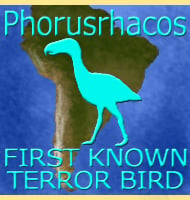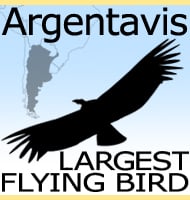Paraphysornis
In Depth Paraphysornis was one of the more robust members of the phorusrhacid ‘terror birds’ and was most closely related to Physornis and Brontornis. Because of its large size and heavier build, Paraphysornis probably relied more upon ambush tactics to surprise prey rather than running it down over extended distances. Although this does not mean … Read more

